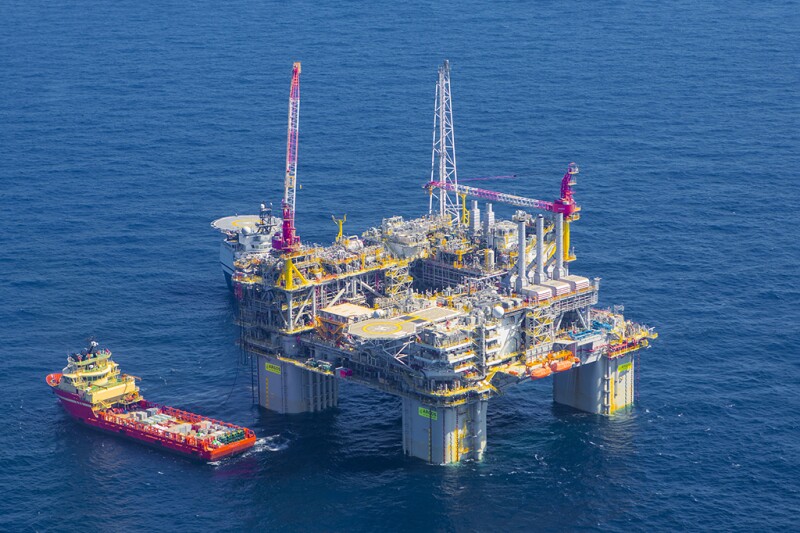Supermajor BP is progressing its 2009 Tiber discovery in the deepwater US Gulf toward final investment decision (FID) in 2025 as part of a bid to bring its total GOM production to more than 400,000 BOE/D by 2030.
Tiber is part of 9 billion BOE of resource in place in the Paleogene across finds including Kaskida, Gibson, Gila, and Guadalupe—all in the Keathley Canyon area.
Earlier this year, the company said it would bring its 2006 find Kaskida to FID before the end of this year. These Paleogene finds require 20k technology to develop, something that only became commercially available in more recent times.
Speaking earlier this month at the Offshore Technology Conference, BP Senior Vice President for the GOM and Canada Andy Krieger told attendees that the operator plans to adopt a similar floating production solution for these developments.
“What we and many others in industry are pursuing is kind of a design one and build many philosophy, driving a level of efficiency into what has historically been very lengthy, very complex and very costly,” he said. “They’re going to be smaller facilities, 80,000 to 100,000 B/D capacity. They’re simpler facilities, they’re simpler to construct. They’re simpler to commission, they’re simpler to operate, and they require fewer people to be offshore during operation; again, bringing benefits from a risk and cost of exposure from helicopter flights and basic logistics.”
Rival Shell had adopted a similar solution designing and building smaller more uniform facilities for its Vito, Whale, and Sparta projects, the last still under construction. Shell called the development approach for Sparta an “enhanced replication of Vito and Whale,” with Sparta replicating about 95% of Whale’s hull and 85% of Whale’s topsides. Whale featured a 99% replication of the Vito hull and 80% of Vito’s topsides.
In 2022, BP undertook a new ocean bottom-node seismic survey and reprocessed it over both Kaskida and Tiber. The new look at the subsurface gave the operator even further confidence to develop Kaskida and the resource to deliver these hydrocarbons through the end of the decade and into the next.
“We currently have a team working concepts for Kaskida and we're hopeful to reach a final investment decision later this year,” confirmed Krieger. “Likewise, we also have a team currently progressing Tiber as a potential next follow-on and consideration for final investment decision in 2025.”
Tiber is in Keathley Canyon Block 102. When discovered, BP called it a giant find with as much as 6 billion BOE in place. Kaskida is in Keathley Canyon Block 292. BP said then the find could hold around 3 billion BOE in place.


